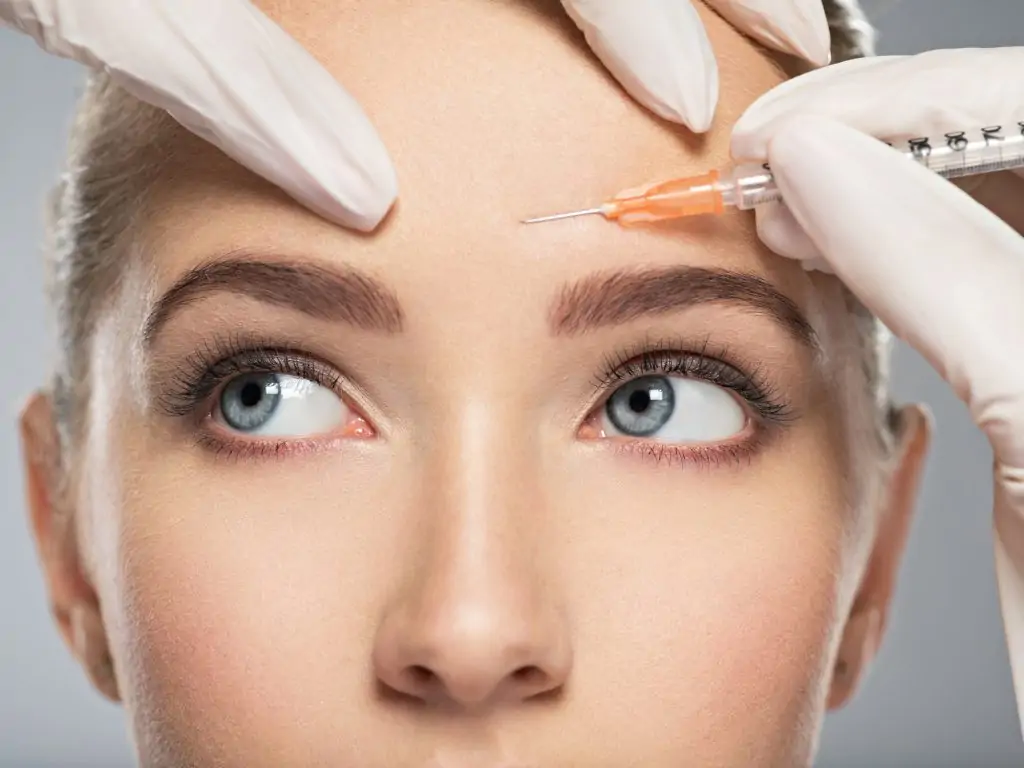
It’s been used medically for decades—not just for beauty
Botox didn’t start in a beauty clinic. It began in hospitals. Doctors used it to treat muscle spasms, eye disorders, and even migraines. It’s a neurotoxin—but in controlled doses, it’s safe. Over time, its cosmetic effects were discovered. Softer lines. Fewer wrinkles. Smoother skin. But the science came first.
Every dose of Botox is measured. Tiny. Precise. Administered by trained professionals. It’s not poured into skin—it’s injected into specific muscles. Where it stays. Where it does what it’s supposed to do.
Its safety doesn’t come from being weak—it comes from being understood.
“It’s toxic” doesn’t mean what most people think it does
Yes, Botox is derived from a toxin. But so are many medications. The key is dose. A tiny amount of botulinum toxin—purified and diluted—is what Botox contains. Not enough to spread. Not enough to cause illness. Just enough to quiet one muscle.
It’s like using a drop of bleach to disinfect, not drink. It’s not the ingredient—it’s how it’s used.
When injected properly, Botox doesn’t travel. It doesn’t enter your bloodstream. It stays where it’s placed. That’s what makes it safe.
Allergic reactions are rare—and usually mild
Some people fear serious allergic responses. But true allergies to Botox are extremely rare. Most side effects—if they happen—are mild. Temporary redness. Slight bruising. Tenderness at the injection site.
Serious complications usually come from incorrect technique. Too much product. Poor placement. That’s why seeing a licensed provider is essential. Not a shortcut. Not a backroom injector. Not someone offering a deal too good to be true.
Safety starts with who you trust—not just what you’re injecting.
It doesn’t spread through your body
One of the biggest myths is that Botox travels. That it affects your brain. Your heart. Your system. But it doesn’t. It stays localized. The dose is too small to affect anything beyond the target muscle.
Botox is designed to block nerve signals in one place. And that’s where it stays. It doesn’t move. It doesn’t circulate. It doesn’t linger outside the injection zone.
That’s why placement is so specific. Because where it’s put is where it works—and where it stops.
“It’ll freeze your face forever” is another myth
Botox isn’t permanent. It doesn’t last forever. It fades after three to four months. The muscle returns to normal. The lines may return too. Nothing is damaged. Nothing is frozen for life.
If you don’t like the result, you don’t have to repeat it. If you stop treatments, your face will return to its baseline. Not worse. Not older. Just as it was before.
Botox offers control—not a commitment.
You can start—and stop—without long-term effects
Some people think once you start Botox, you can’t stop. That’s not true. Stopping Botox doesn’t make your face sag. It doesn’t stretch the skin. You’ll just go back to your natural movement. Your natural lines.
It’s a choice. One that can be made again—or not at all.
Botox isn’t a trap. It’s an option. One that wears off gently.
It’s approved by medical authorities around the world
Botox isn’t an underground treatment. It’s FDA-approved. It’s regulated. It’s studied. It’s used in over 75 countries. Not just for cosmetic reasons—but for chronic migraines, excessive sweating, overactive bladder, and more.
It has a safety record supported by decades of use. Millions of doses administered. Countless peer-reviewed studies. It’s not a fad—it’s a medical tool.
One that’s still evolving, still monitored, and still carefully controlled.
Bad results usually come from bad technique—not the product
Botox is only as good as the hands that use it. Most complications come from improper dosing. Incorrect muscle targeting. Lack of medical training. That’s why going to a licensed, experienced injector matters more than the brand name.
Ask questions. See credentials. Look at reviews. A good result doesn’t just depend on the product—it depends on the precision behind it.
The skill behind the syringe makes all the difference.
